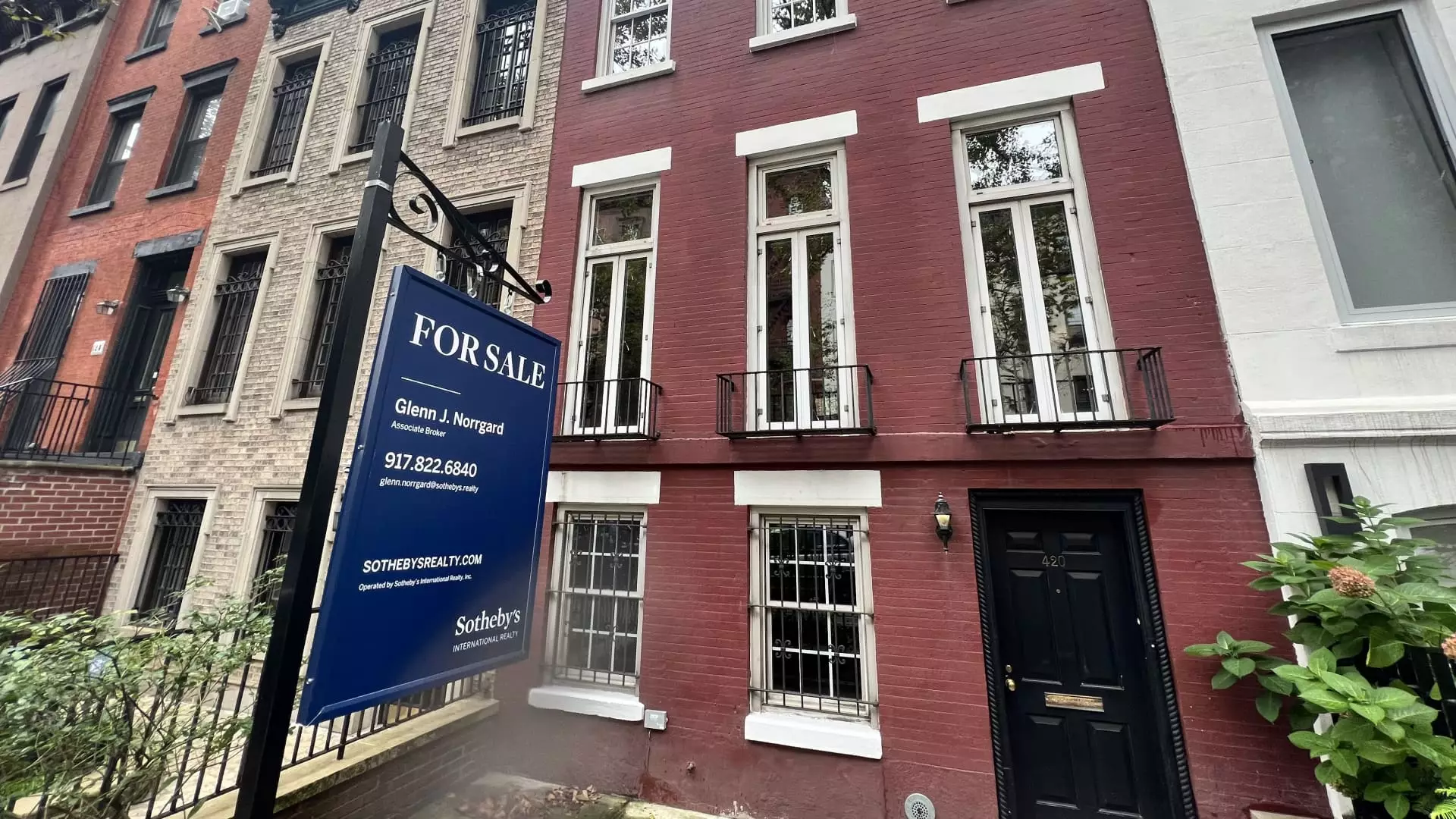The recent trend in the real estate market shows a slight decline in home prices, signaling a shift from the rapid price increases seen in previous months. While prices are still higher compared to a year ago, the rate of growth has started to slow down. Reports indicate that the typical house is now selling slightly below its asking price for the first time since the onset of the Covid-19 pandemic. This could be a reflection of sellers becoming more flexible due to market conditions.
One factor contributing to the cooling of home prices is the stubbornly high mortgage rates. With the average rate on the 30-year fixed mortgage hovering around 7%, potential buyers may be hesitant to make a purchase at higher price points. This could be influencing sellers to adjust their expectations and be more open to negotiation in order to attract buyers.
The increase in supply of homes on the market is also playing a role in the cooling of prices. Total active listings are up by 35% compared to a year ago, providing buyers with more options to choose from. While this increase in inventory is contributing to a more balanced market, it is important to note that inventory levels are still significantly lower than pre-pandemic levels. This means that despite the recent rise in supply, there is still a shortage of homes available for sale.
The changing dynamics in the real estate market have led to a shift in perception among buyers and sellers. Some buyers may believe that they can now get a better deal due to the cooling market, while some sellers may still have high expectations for their homes. Finding a balance between these differing perceptions will be key in navigating the current real estate landscape. Real estate agents are starting to see a more nuanced approach from both buyers and sellers, with negotiations becoming increasingly important in closing deals.
The cooling of home prices in the real estate market is indicative of a shift towards a more balanced and stable market. While prices are still higher than they were a year ago, the rate of growth has slowed down, providing buyers with more opportunities. Factors such as high mortgage rates and increased supply are influencing the current market conditions. It is essential for both buyers and sellers to adapt to these changes in order to make informed decisions and achieve successful transactions in the evolving real estate environment.

